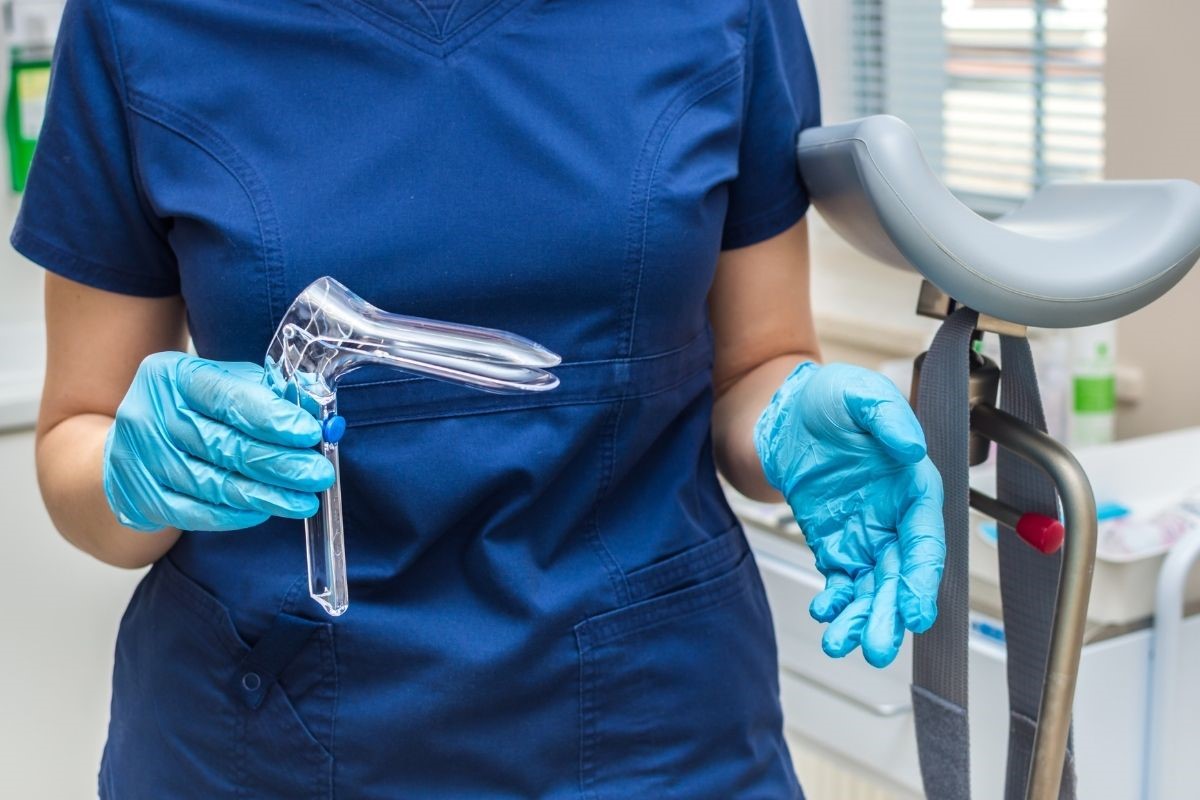
Cervical cancer screening, THINPrep and Pap test: what is the difference?
THINPrep is an evolution of the ‘classic’ Pap Test (Papanicolaou Test), a more sophisticated screening test of the female population against the risk of cervical cancer
It is a cytological examination to detect any changes in the cells of the neck and cervix of the uterus and give indications of the presence of infections of bacterial, viral or fungal origin.
Commonly, the Pap test is performed during a routine gynaecological examination
During the examination, the doctor uses a swab and spatula to take a small amount of cells from the cervix, which are swabbed, fixed on a slide and analysed under a microscope for precancerous cells or other suspicious signs.
According to international guidelines, all women between the ages of 25 and 64 should have a Pap test every three years, an interval considered sufficiently short to make the development of cancer unlikely between tests and useful for detecting any lesions.
This interval is normally reduced if risk conditions or pre-neoplastic lesions are found.
According to Airtum – Aiom data ‘I numeri del cancro in Italia 2016’, cancer of the uterus accounts for 5% of all neoplasms.
The spread of the Pap test has reduced cervical cancer mortality and modern technology has made the test even more effective and safe
Liquid-Based Cytology (LBC) is a technology introduced in the mid-1990s that introduces a novelty compared to conventional cytology.
In fact, liquid-based cytology (LBC) involves transferring the sampled cells into a special preservative solution. This method improves the representativeness of the preparation and the quality of the cytological analysis.
Of the many LBC techniques, THINPrep is among those that have received FDA approval (and subsequent European Regulatory approval) and is most widely used.
What is THINPrep Pap Test?
THINPrep is a newer method of conventional Pap testing that allows the gynaecologist to prepare a high quality slide.
Once the tissue has been harvested with the appropriate devices, the gynaecologist introduces the cells into a storage solution contained in a vial.
The vial is then sent to the laboratory where the cells are mechanically separated from unnecessary material and the slide is prepared.
A representative sample of cells is transferred to the slide, which is cleaned of interfering material (mucus, blood and non-diagnostic debris).
The remaining cell material is kept for possible use in case additional tests are required (e.g. for HPV), thus avoiding the need for the patient to undergo a second sampling.
Read Also
Emergency Live Even More…Live: Download The New Free App Of Your Newspaper For IOS And Android
Liquid Pap Test: What It Is, How It Works And When To Do It
Pap Test, Or Pap Smear: What It Is And When To Do It
Vulvodynia: What Are The Symptoms And How To Treat It
What Is Vulvodynia? Symptoms, Diagnosis And Treatment: Talk To The Expert
Accumulation Of Fluid In The Peritoneal Cavity: Possible Causes And Symptoms Of Ascites
Accumulation Of Fluid In The Peritoneal Cavity: Possible Causes And Symptoms Of Ascites
What’s Causing Your Abdominal Pain And How To Treat It
Pelvic Varicocele: What It Is And How To Recognise The Symptoms
Can Endometriosis Cause Infertility?
Transvaginal Ultrasound: How It Works And Why It Is Important
Candida Albicans And Other Forms Of Vaginitis: Symptoms, Causes And Treatment
What Is Vulvovaginitis? Symptoms, Diagnosis And Treatment
Vaginal Infections: What Are The Symptoms?
Chlamydia: What Are The Symptoms And How To Treat It
Chlamydia, Symptoms And Prevention Of A Silent And Dangerous Infection
What Are The Symptoms Of Urethritis And How Is It Treated?
Urethrocistoscopy: What It Is And How Transurethral Cystoscopy Is Performed


